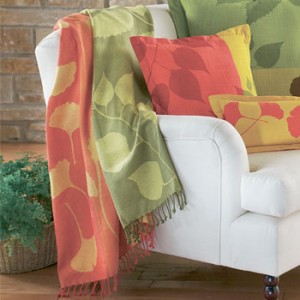 Choosing the right fabric can be a bit tricky especially if you are just starting up in your sewing journey…The first visits to fabric shops can be overwhelming, but also a good teaching experience. There were many times that I read other blogs or checked online fabric stores for better deals always finding nice fabrics, but I had no idea how do they feel like in their touch.
Choosing the right fabric can be a bit tricky especially if you are just starting up in your sewing journey…The first visits to fabric shops can be overwhelming, but also a good teaching experience. There were many times that I read other blogs or checked online fabric stores for better deals always finding nice fabrics, but I had no idea how do they feel like in their touch.
I always ended up with one question…“Which one is the right fabric for my project”?
Well, although the internet can give you lots of information of fabrics which is great, you still need to feel the fabric for youself to get a better understanding. So, I decided to visit fabric shops, look around and touch the different fabrics to get the feel of their textures. I started asking the shop owners how could certain fabrics be used and most of the times they would happily give me their tips and reccommendations. That’s how I made my breakthrough in recognising fabrics…(although I think I have a bit of a way to go)!
Below I’m providing you with a quick-start guide to fabric basics so that you can get a better understanding of how different types can be distinguished and used.
All fabrics fall into one of two categories: knitted or woven distinguished by their manufacturing process. Yarns like cotton, viscose, rayon, wool, polyester, velvet or silk can either be knitted or woven. Knitted fabrics are usually more stretchy than woven ones.
- Knitted fabrics are produced on huge knitting machines that “knit” different yarns together. These machines use exactly the same hand knitting method to make fabric. They knit a row of plain and a row of pearl at the speed of light to create a “stocking stitch” effect. You’ll see the familiar stocking stitch pattern on knitted items if you look closely. All knitted fabrics stretch. T-shirt fabric, sweatshirt fabric, knitwear (fabric that sweaters and cardigans are made from), jersey, mesh, toweling, felt and La Coste fabric are examples of typical knitted fabrics.
- Woven fabrics are produced on huge looms that “weave” different yarns together by interlacing threads both horizontally and vertically. Woven fabrics do not stretch unless Lycra, elastic or spandex fibers are woven into the fabric at the same time. This is how button down shirts and jeans get their stretch. Linen, denim, cotton twill, satin, chiffon, corduroy, tweed and canvas are examples of typical woven fabrics.
Read more about knitted and woven fabrics here…
Most commonly used fabrics:
- Cotton – the most versatile fabric, woven cotton comes in many different weights from light-weight handkerchiefs to heavy canvas. It’s often used for shirts, skirts, trousers, jeans and bags. Fabrics like denim, moleskin and corduroy are generally made from cotton. Range of prices – often fairly cheap.
- Cotton jersey – knitted by machine from fine cotton thread, this fabric is what t-shirts are made of. It’s stretchy and comfortable to wear, but not as easy to sew as woven fabric.
- Linen – woven linen is easy to sew and comes in a variety of weights. It tends to crease a lot and is often blended with cotton. It’s main use is in making summer clothes. Can be quite expensive.
- Silk – shiny, slippery woven fabric often used for luxury underwear, blouses and dresses. Expensive and difficult to sew.
- Wool – can be knitted or woven. Woollen fabrics are often made into suits, coats and posh skirts and trousers. Often fairly expensive and tend to be dry clean.
- Polyester and polycotton – synthetic woven fabric, generally light-weight and crease resistant. Polycotton is a blend of polyester and cotton. Often pretty cheap.
Read more on how to choose and buy fabric here…
Search
Login
Follow Me
Categories
-
Recent Posts